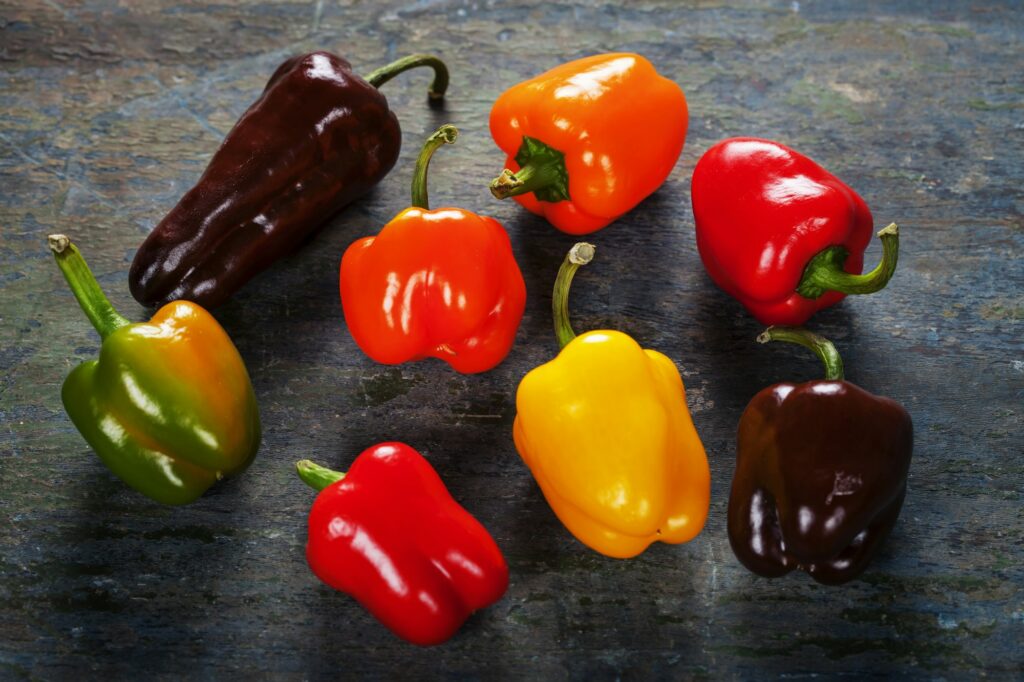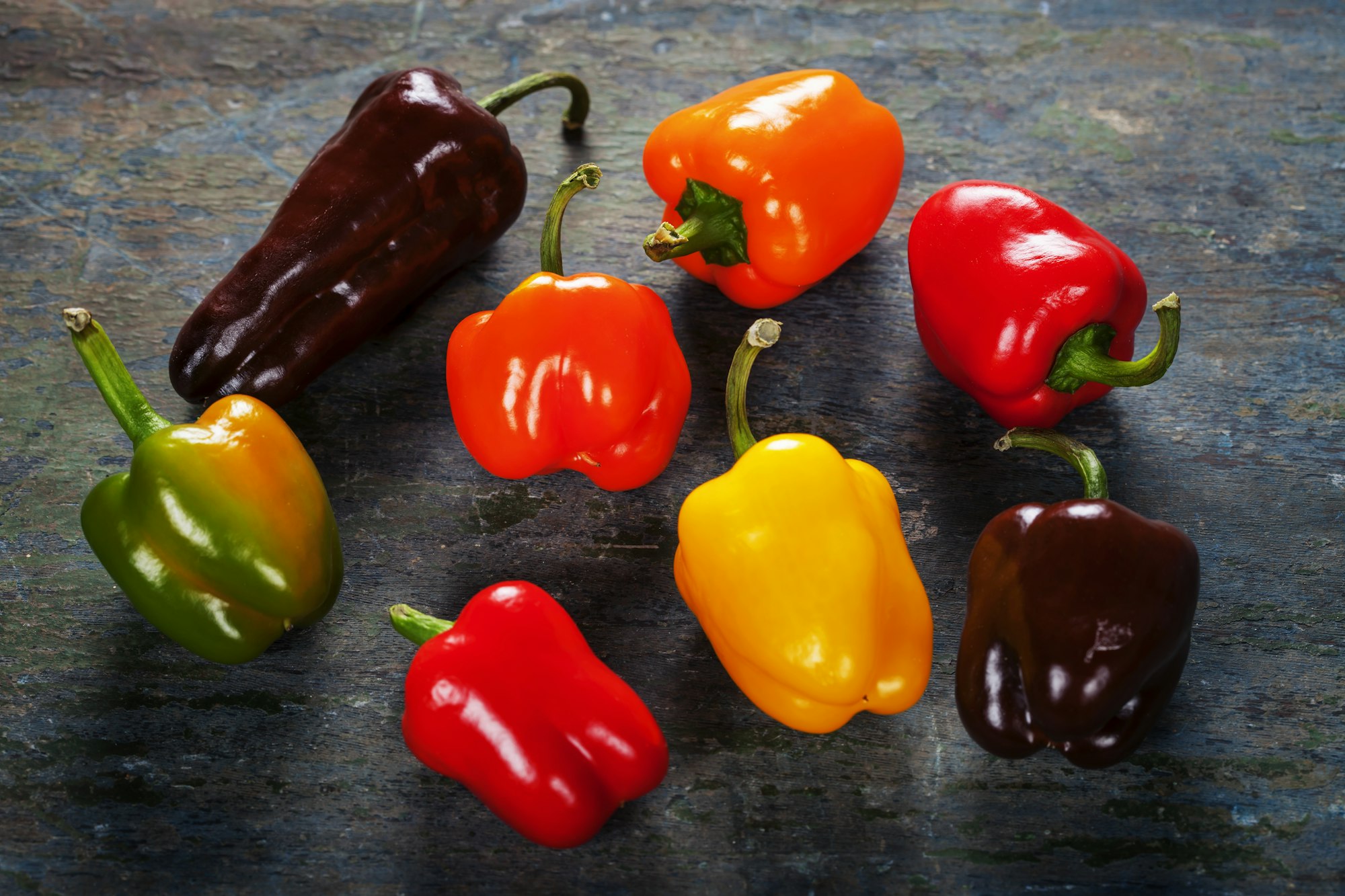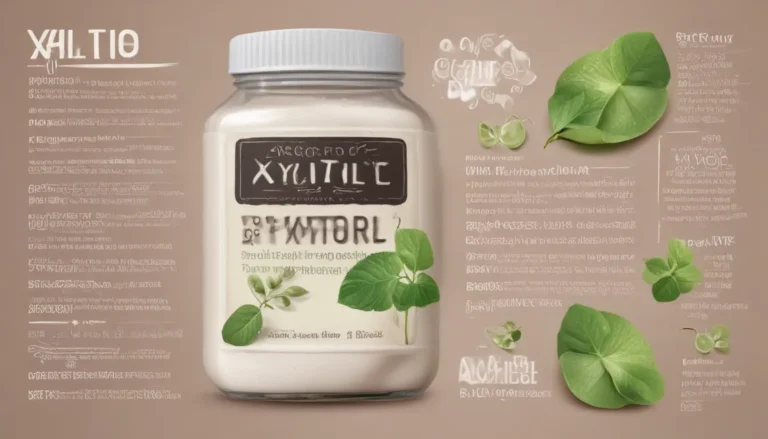The pictures in our articles might not always show exactly what the text is talking about. We use these images to make the article more interesting and eye-catching. They are there to add to the text, but not to replace it or show every detail.
Bell peppers are a staple in kitchens around the world, adding vibrant color and crisp texture to countless dishes. But there's more to these colorful vegetables than meets the eye. In this article, we'll explore some intriguing bell pepper fun facts that will give you a new appreciation for this versatile produce.
Introduction
Bell peppers, scientifically known as Capsicum annuum, are a popular and nutritious addition to many cuisines. These colorful vegetables are not only delicious but also packed with vitamins and minerals. From their origins to their unique characteristics, bell peppers have a fascinating story to tell.
While many people consider bell peppers to be vegetables, they are technically fruits. This surprising fact is just the beginning of what makes bell peppers so interesting. As we delve deeper into the world of bell peppers, we'll uncover more surprising facts that showcase their importance in both culinary and nutritional contexts.
Key Takeaways
- Bell peppers are botanically classified as fruits, not vegetables
- They come in various colors, with each color offering different nutritional benefits
- Bell peppers are an excellent source of vitamin C, surpassing even oranges
- The color of a bell pepper is determined by its ripeness
- Bell peppers have different names in various parts of the world
Fascinating Bell Pepper Facts

1. Fruit or Vegetable? The Botanical Truth
Bell peppers are botanically classified as fruits because they contain seeds and grow from the flower of the plant. However, in culinary contexts, they are typically used as vegetables.
2. The Rainbow Transformation
All bell peppers start out green and change color as they ripen. The ripeness determines the flavor and color of each pepper. For example, red bell peppers are simply mature green bell peppers.
3. Vitamin C Powerhouse
A large red bell pepper provides more than 300% of your daily requirement of Vitamin C, which is three times more than an orange. This makes bell peppers one of the best sources of vitamin C among all fruits and vegetables.
4. The Mild-Mannered Pepper
Unlike their spicy cousins, bell peppers don't produce capsaicin, the compound responsible for the heat in other peppers. This is due to a recessive gene that eliminates capsaicin production.
5. A Pepper by Any Other Name
Bell peppers have different names around the world. In the US, India, Canada, and Malaysia, they're called bell peppers. Australians and New Zealanders call them capsicum, while the British simply call them peppers.
6. Columbus and the Pepper Misnomer
When Columbus brought dried peppers back to Europe, they were named "peppers" due to their perceived similarity to black pepper, despite being unrelated.
7. The Nutritional Benefits of Ripening
The vitamin C and carotenoid content of bell peppers increases as they ripen. This means that fully ripe red peppers are more nutritious than their green counterparts.
8. A Year-Round Delight
Bell peppers are not grown seasonally, which means they can be enjoyed throughout the year.
9. Sizing Up Bell Peppers
Bell peppers range in size from 2 to 6 inches in length and 2 to 5 inches in diameter.
10. Farming Facts: Planting Density
Farmers typically plant approximately 10,000 to 14,000 bell pepper plants per acre on plastic-mulched beds in double rows.
11. The Harvesting Process
During the growing season, most bell peppers are hand-harvested two to four times.
12. Keeping It Cool: Post-Harvest Care
To improve shelf life, bell peppers are cooled after they are harvested.
13. US Production: Florida’s Pepper Power
Florida ranks second nationally in bell pepper production, accounting for most of the US-grown peppers consumed by Americans.
14. Traditional Chinese Medicine and Bell Peppers
In Traditional Chinese Medicine, bell peppers were used to treat various conditions including poor blood circulation, indigestion, and loss of appetite.
15. From Bell Pepper to Paprika
Bell peppers can be dried and powdered to make paprika, a popular spice used in many cuisines.
FAQ
Are bell peppers good for you?
Yes, bell peppers are highly nutritious. They are rich in vitamins C and A, and also contain vitamin K and vitamin B6, which contribute to improved vision, bone health, and blood function.
What’s the difference between male and female bell peppers?
This is actually a myth. Bell peppers do not have distinct male and female varieties. All pepper plants have both male and female parts in their flowers.
Which color of bell pepper is the healthiest?
Red bell peppers are generally considered the healthiest as they contain the highest levels of vitamins and antioxidants due to being the most ripe.
Can you eat bell peppers raw?
Absolutely! Bell peppers can be enjoyed raw in salads, as crudités, or as a healthy snack.
How should I store bell peppers?
Store bell peppers in the refrigerator's crisper drawer. They should last for about a week when stored properly.
Conclusion
Bell peppers are truly remarkable fruits (yes, fruits!) that offer a wealth of nutritional benefits and culinary versatility. From their surprising classification as a fruit to their impressive vitamin C content, bell peppers continue to fascinate both food enthusiasts and health-conscious individuals alike.
As we've discovered through these bell pepper fun facts, there's much more to these colorful vegetables than meets the eye. Their rich history, global popularity, and nutritional prowess make them a worthy addition to any diet. So the next time you're chopping a bell pepper for your salad or stir-fry, take a moment to appreciate the fascinating journey of this humble yet extraordinary fruit.






